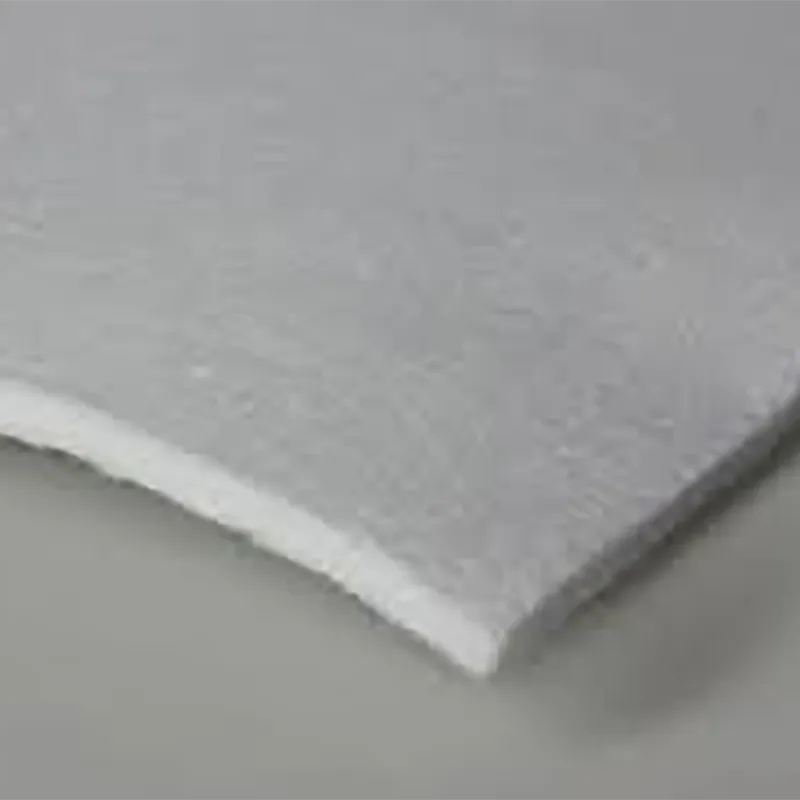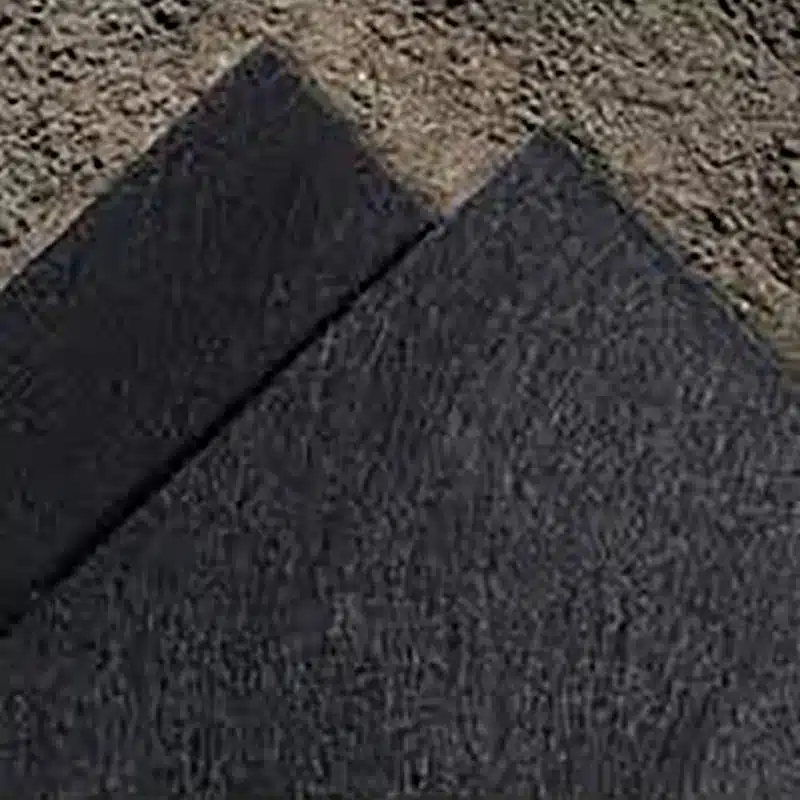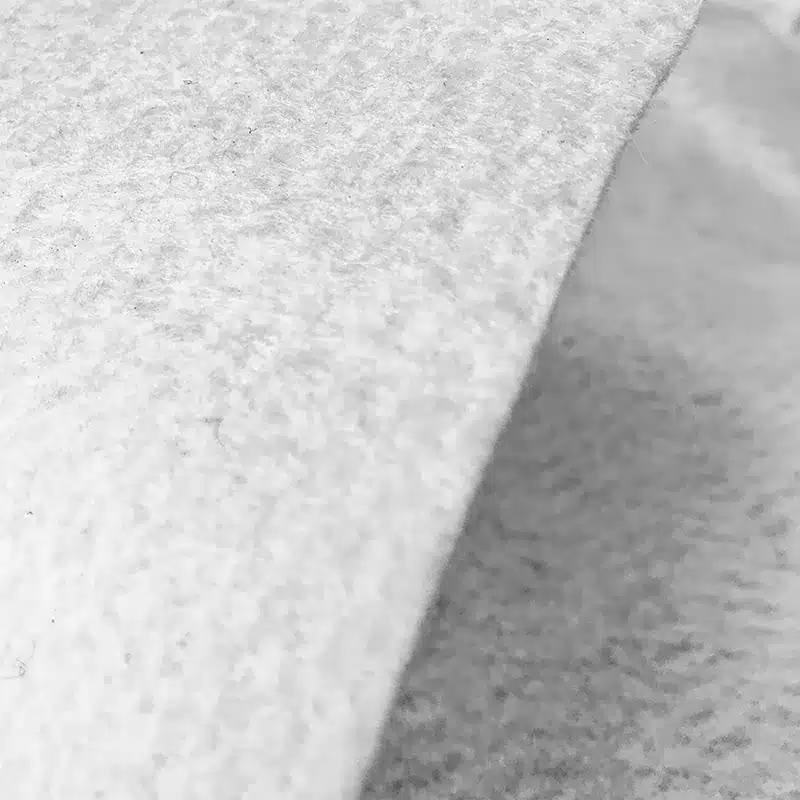+86-159 9860 6917
info@geofantex.com
geofantex@gmail.com
+86-400-8266163-44899
Retaining walls are crucial in preventing soil erosion and managing landscapes, particularly in areas with varying elevations. One of the essential materials used in constructing these walls is geotextile fabric. Retaining wall geotextile plays a vital role in reinforcing the wall, preventing soil from seeping through, and ensuring the longevity and stability of the structure. This article explores the use of geotextile in retaining walls, answering common questions about its application, benefits, and differences from other fabrics like landscape fabric.
Can Geotextile Be Used in a Retaining Wall?
Yes, geotextile fabric can be used in retaining wall construes, geotextile fabric can be used in the construction of retaining walls. It serves several functions, such as:
- Separation: Geotextile helps to separate different materials, such as soil and gravel, preventing them from mixing. This separation helps maintain the stability and drainage of the wall.
- Reinforcement: In some cases, geotextile can add additional strength and reinforcement to the retaining wall, especially in areas with weaker soil conditions.
- Drainage: Geotextiles are often permeable, allowing water to flow through them while preventing soil from washing away. This helps reduce hydrostatic pressure behind the wall and reduces the risk of wall failure.
- Erosion Control: It can also help to control erosion, particularly in areas where water might flow behind or along the wall.
However, the use of geotextile in a retaining wall depends on the specific design and material requirements. It’s essential to choose the appropriate type of geotextile based on factors like soil type, drainage needs, and the load requirements of the wall.

Should I Put Fabric Behind a Retaining Wall?
Yes, you should put fabric behind a retaining wall. Using geotextile fabric behind the wall is essential to prevent soil erosion and manage water flow. The fabric prevents these coarse-grained materials from infiltrating drainage channels, including the gravel and drainpipes. It acts as a barrier that stops soil from washing away while allowing water to drain through. This drainage is crucial because it prevents water buildup, which can create hydrostatic pressure behind the wall, potentially causing it to fail. Installing geotextile fabric behind your retaining wall is a straightforward and effective way to extend the life of the structure and ensure its stability.
How Long Does Geotextile Fabric Last?
The lifespan of geotextile fabric can vary depending on the quality of the material and the environmental conditions it is exposed to. Generally, high-quality geotextile fabric can last anywhere from up to 20 years to 50 years. Factors such as UV exposure, soil composition, and water flow can impact its durability. When properly installed and protected, geotextile fabric used in retaining walls can provide long-term benefits, ensuring the structure remains robust and effective for decades.

Is Landscape Fabric the Same as Geotextile?
No, landscape fabric is not the same as geotextile. While both are used in landscaping and construction, they serve different purposes and are made from different materials. Landscape fabric is primarily utilized as a physical barrier for weed control and is often lighter and less durable than geotextile fabric. Geotextile fabric, on the other hand, is designed for more demanding applications, such as reinforcing retaining walls, filtering soil, and providing drainage. It is engineered to be stronger and more resilient, making it suitable for structural applications like retaining walls.
Retaining wall geotextile is an essential material in modern landscaping and construction. Its ability to reinforce walls, prevent soil erosion, and manage water flow makes it a key component in ensuring the longevity and stability of retaining walls. By understanding the role of geotextile fabric, the importance of using it behind retaining walls, its durability, and how it differs from landscape fabric, you can make informed decisions when constructing or maintaining retaining walls. Proper use of geotextile fabric not only enhances the structural integrity of retaining walls but also contributes to effective erosion control and environmental protection.



Get Free Sample
We’ll respond as soon as possible(within 12 hours)






















